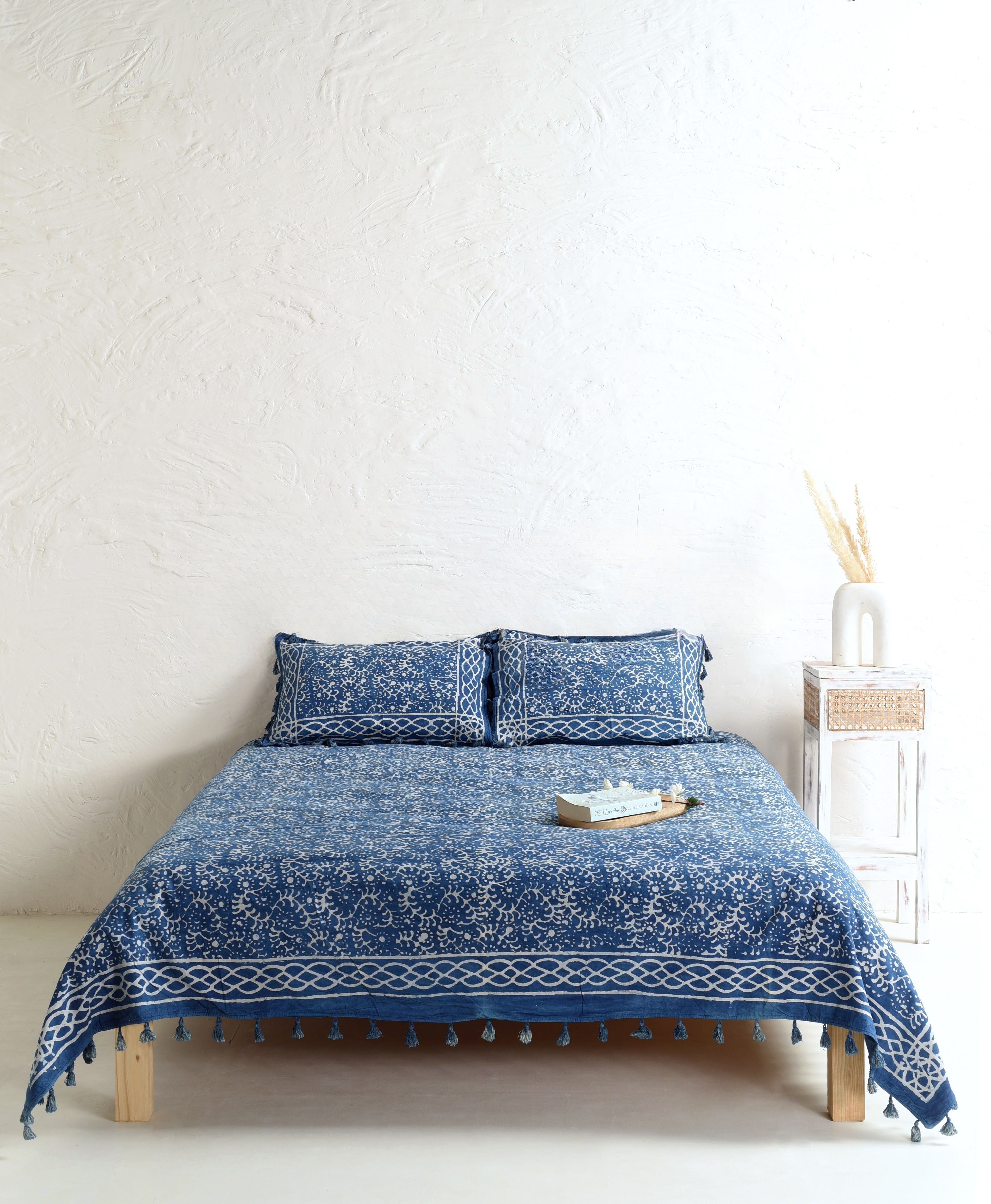Introduction
Color has a profound impact on our emotions and well-being. The right color palette can transform a space, making it feel more inviting, calming, or energizing. In this episode, we explore how to select the perfect color scheme for different rooms in your home, creating an atmosphere that reflects your style and enhances your mood.
Understanding Color Psychology
Before diving into color selection, it's essential to understand color psychology—how different colors affect our emotions and behaviors:
- Blues and Greens: These cool tones are calming and serene, perfect for bedrooms and bathrooms.
- Reds and Oranges: Warm and stimulating, these colors can energize a space, making them ideal for kitchens and dining areas.
- Yellows: Bright and cheerful, yellow can add warmth and positivity to any room, particularly living areas and kitchens.
- Neutrals: Whites, grays, and beiges are versatile and timeless, creating a balanced and sophisticated look in any space.
Choosing a Color Scheme
1. Start with a Base Color
Begin by selecting a base color that sets the tone for the room. This color will dominate the space and can be used on walls, large furniture pieces, or major decor elements. For a calming effect, choose soft blues or greens; for a cozy, warm feel, opt for earth tones like terracotta or warm grays.
2. Add Complementary Colors
Complementary colors enhance your base color and add depth to the room. Use the color wheel to find complementary shades that balance and contrast nicely with your base color. For example, if your base color is blue, complementary colors could include warm oranges or rich yellows.
3. Consider the Room's Purpose
Think about the room's function and how you want to feel in the space:
- Living Room: Opt for warm, inviting colors like soft yellows, beiges, or muted reds to create a welcoming atmosphere.
- Kitchen: Energize the space with vibrant colors like cheerful yellows, bright whites, or bold reds.
- Bedroom: Promote relaxation with cool, soothing tones like light blues, soft greens, or lavender.
- Bathroom: Fresh and clean colors like aqua, crisp white, or gentle pastels work well.
4. Test Before Committing
Before painting an entire room, test your chosen colors on a small section of the wall. Observe how the colors look at different times of the day under various lighting conditions. This will help ensure you're happy with the choice.
Tips for Using Color Effectively
- Accent Walls: Create focal points by painting one wall in a bold, contrasting color. This technique adds interest without overwhelming the space.
- Mixing Neutrals: Combine different shades of neutrals to add depth and sophistication. For example, pair warm beige with soft gray for a balanced look.
- Color Through Accessories: If you're hesitant to commit to bold colors on walls, introduce them through accessories like throw pillows, rugs, and artwork.
- Flow Between Rooms: Ensure a cohesive look by choosing colors that harmonize well between adjoining rooms. This creates a smooth visual transition throughout your home.
Conclusion
Choosing the perfect color palette for your home can significantly impact the ambiance and functionality of each room. By understanding color psychology and thoughtfully selecting base and complementary colors, you can create spaces that reflect your style and enhance your well-being.
Stay tuned for our next episode, where we'll share tips for a cozy and stylish living room makeover. For more inspiration and to shop our curated collection of home décor items, visit The Art Box Store. Happy decorating!




Leave a comment
This site is protected by hCaptcha and the hCaptcha Privacy Policy and Terms of Service apply.